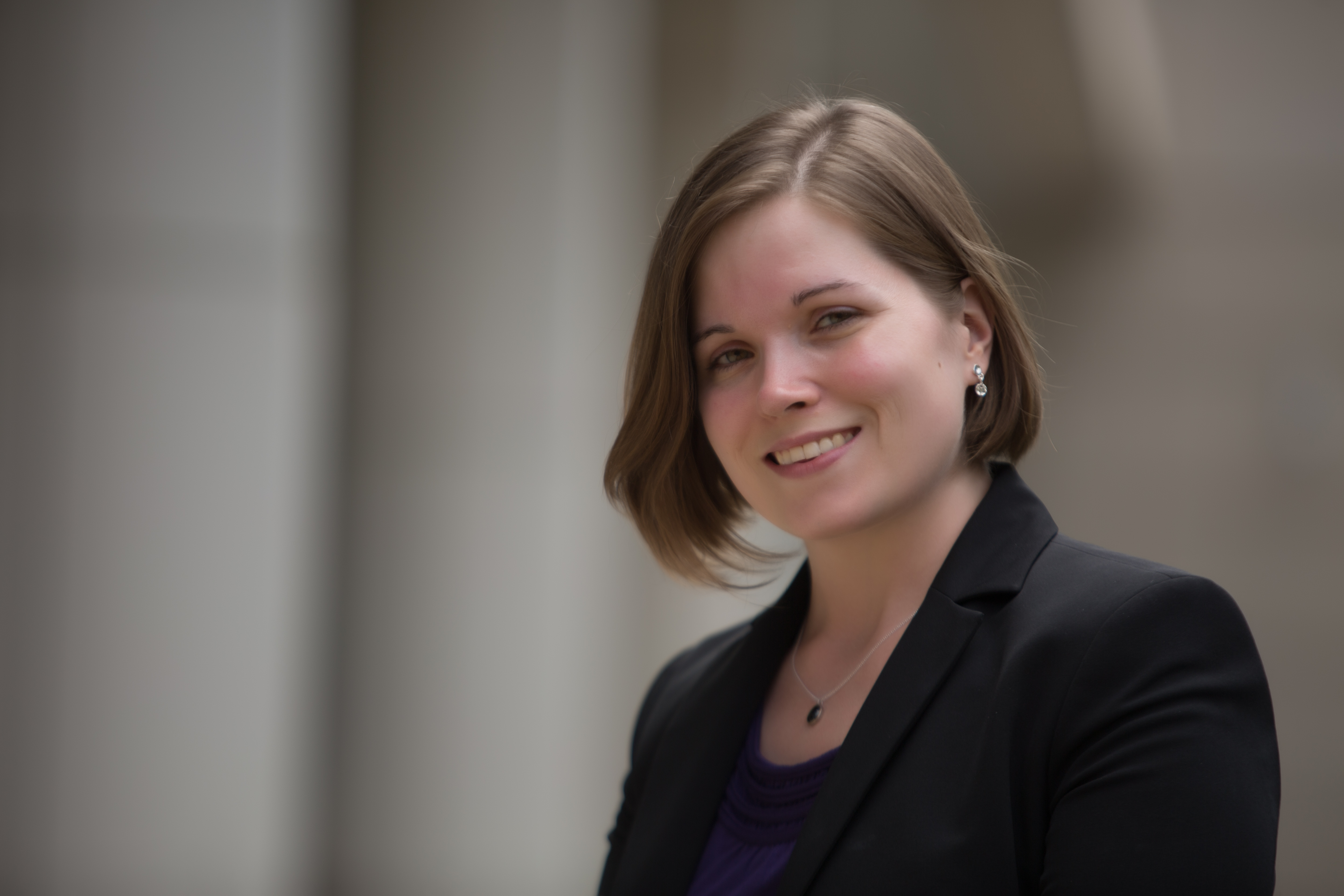Medicare recipients, private insurance patients and the uninsured all pay different prices for the same cancer treatments

Uninsured cancer patients are paying anywhere from two to 43 times what Medicare would pay for chemotherapy drugs, according to a new study from the University of North Carolina at Chapel Hill.
Researchers led by Stacie Dusetzina, an assistant professor in the Eshelman School of Pharmacy and the Gillings School of Global Public Health and a member of the UNC Lineberger Comprehensive Cancer Center, reviewed newly available Medicare data on what physicians charged for chemotherapy drugs delivered intravenously in 2012.
Uninsured patients who did not negotiate the billed amounts could expect to pay $6,711 for an infusion of the colorectal cancer drug oxaliplatin. However, Medicare and private health plans only pay $3,090 and $3,616 for the same drug, respectively.
Although uninsured cancer patients paid on average two times more than Medicare paid for expensive chemotherapy drugs, very high payment differences were seen for drugs that were quite inexpensive on Medicare. For example, carboplatin was estimated at $26 for one infusion with Medicare, but the estimate for uninsured patients was $1,124.
The work, published in the journal Health Affairs, comes at a time when transparency in health care costs and the cost of specialty drugs has never been greater. The key issue is that millions of no and low-income earners are paying full cost for prescription drugs, without financially-viable options for coverage or federal subsidies.
“Patients with Medicare and private insurance don’t pay the sticker price of health care,” said Dusetzina. “They pay a discounted rate. However, uninsured patients don’t have the bargaining power, or they may not try to negotiate for a better price.”
In addition to estimating costs for infused chemotherapy drugs, the researchers also looked at what cancer patients were asked to pay for a doctor visit. Uninsured patients were billed between $129 and $391, depending on the complexity of the visit. Medicare paid between $65 and $188 and private insurance paid $78 to $246 for the same visits.
“This is unreasonable,” said Dusetzina. “There needs to be more transparency and less variability in health care pricing.”
Under the Affordable Care Act, everyone in the United States must be insured or face a tax penalty. But despite this mandate, many people remain without insurance, so Dusetzina said that differences in what the uninsured are charged really matter.
The work raises questions regarding whether the uninsured should be charged what people with insurance pay for treatment, especially in states that did not expand Medicaid.
“In states like North Carolina that didn’t expand Medicaid, there is a large group of people who can get insurance on the federal exchange but cannot get subsidies because the law assumed they would be covered by Medicaid,” said Dusetzina. This population earns at or near the federal poverty level. Without subsidies to help pay for private insurance, many are likely to remain uninsured.
These drug pricing discrepancies could become even more important depending on the outcome of the pending Supreme Court case King vs. Burwell, which challenges the legitimacy of federal health-care subsidies and could leave as many as 8 million Americans without subsidies and uninsured in 2016.
UNC Eshelman School of Pharmacy contact: David Etchison, (919) 966-7744, david_etchison@unc.edu
Communications and Public Affairs contact: Thania Benios, (919) 445-8555, mediarelations@unc.edu
